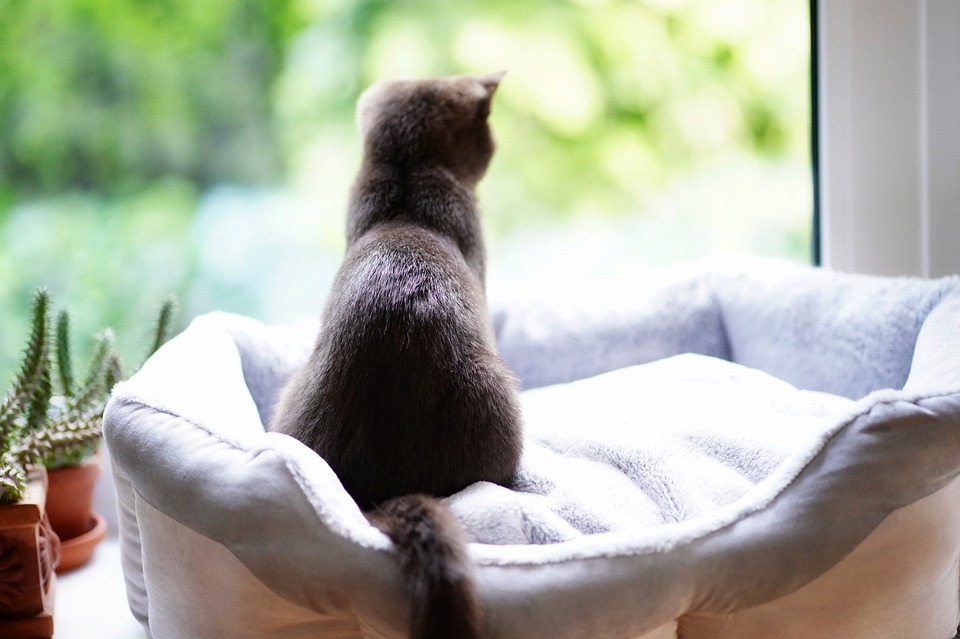Living with multiple cats can be a rewarding experience, but it can also present challenges, especially when it comes to managing territorial behavior. In this article, we will explore effective strategies to foster harmony among your feline companions, ensuring a peaceful coexistence in a multi-cat household. Additionally, we will address common questions regarding territorial behavior and provide expert insights.
To effectively manage territorial behavior, it is crucial to comprehend its underlying causes and manifestations. This section will delve into the nature of territoriality in cats, helping you gain insight into your feline companions’ behavior.
Territorial behavior in cats is an instinctual behavior that serves an evolutionary purpose. Cats are naturally inclined to establish and defend their territories, which often includes their living space. Common territorial behaviors observed in multi-cat households include urine marking, scratching, and aggressive encounters.
Identifying potential triggers and stressors is essential in managing territorial behavior. Cats may become territorial due to factors such as a lack of resources, overcrowding, or changes in their environment. Signs of stress and anxiety in cats include excessive grooming, hiding, aggression, and inappropriate elimination.
Creating an environment that promotes harmony among your cats is essential to managing territorial behavior. Providing sufficient resources is crucial, including an ample number of litter boxes, food bowls, and water sources. Creating separate feeding areas and designated spaces for each cat can help prevent competition. Offering vertical spaces, such as cat trees or shelves, allows cats to claim their own territory and reduces conflicts.
Environmental enrichment is another important aspect of managing territorial behavior. Stimulating your cats’ environment through play and interactive toys can redirect their energy and reduce tension. Implementing regular exercise routines, such as interactive play sessions or using puzzle toys, provides mental and physical stimulation. Utilizing pheromone diffusers, such as Feliway, can also help promote a calm atmosphere and reduce stress.
Encouraging positive interactions and reducing conflicts among your cats is vital in managing territorial behavior. Slow and controlled introductions are key when introducing new cats to the household. Using scent swapping techniques, such as rubbing towels on each cat and then exchanging the towels, can familiarize cats with each other’s scents. Supervised interactions and gradual integration can help minimize aggressive encounters.
Implementing a feeding schedule is another effective strategy. Establishing a consistent feeding routine for all cats helps reduce competition and creates a sense of predictability. Utilizing separate feeding stations can prevent resource guarding and conflicts during mealtime. Incorporating food puzzles can also stimulate mental engagement and distract cats from potential territorial disputes.
To address common concerns regarding territorial behavior, we have compiled a list of frequently asked questions. Expert answers and advice can help you navigate the challenges associated with managing territoriality in a multi-cat household.
While neutering or spaying can help reduce territorial behavior in cats, it may not completely eliminate it. Reproductive hormones can influence territorial tendencies, but other factors such as socialization and individual temperament also play a role.
The adjustment period for cats to live together peacefully in a multi-cat household can vary. Factors such as the cats’ personalities, previous socialization experiences, and the introduction process can impact the timeline. On average, it may take several weeks to a few months for cats to establish a harmonious relationship.
It is unlikely to completely eradicate territorial behavior in cats, as it is a natural instinct. However, with proper management techniques and environmental enrichment, you can minimize conflicts and create a peaceful coexistence. Managing territorial behavior requires a long-term approach and realistic expectations.
In conclusion, managing territorial behavior in multi-cat households requires patience, understanding, and a thoughtful approach. By implementing the strategies outlined in this article, you can create an environment that fosters peace and contentment among your feline companions. Remember, seeking professional guidance from a veterinarian or animal behaviorist is always recommended for complex or persistent behavioral issues.








